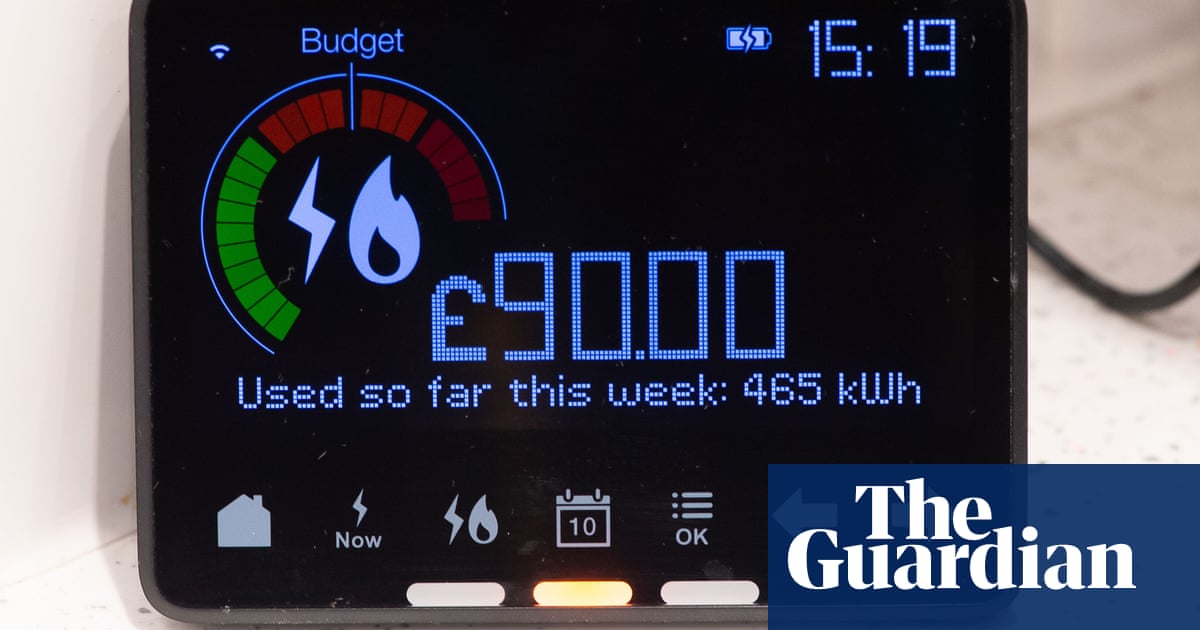
Britain’s inflation rate could fall to below 2% by the end of the year, according to new financial industry forecasts, handing the chancellor a boost to the public finances before a general election in 2024.
Predictions that falling gas prices will accelerate the decline this year in the consumer prices index (CPI) from last month’s level of 10.1% could also support a recovery in household living standards and persuade the Bank of England to cut interest rates earlier than expected.
Investment bank Citi said the CPI was likely to fall to 2.3% in November, below the Bank of England’s estimate of a 4% inflation rate the fourth quarter of the year. Fund manager Investec said it could slide to 1.6% by December.
Inflation has remained in double digits since last July – barring a brief drop to 9.9% in August – triggering a wave of pay demands to compensate workers for the loss of spending power.
Most of the increase was due to rising energy and food prices, which Citi’s chief UK economist, Benjamin Nabarro, said were now falling at a faster rate than had been expected at the beginning of the year.
Interest rate rises by the Bank of England are also expected to have a dampening effect on consumer spending, further reducing the pressure on prices.
A slide in inflation to 2% would allow the prime minister to more than fulfil his pledge to halve inflation by the end of the year and make it easier to resolve a wave of public sector strikes over pay.
“The faster reduction in inflation [this year] primarily reflects an easing in pricing pressures, particularly in energy,” Nabarro said, adding that inflation could be as low as 5% by July.
Philip Shaw, chief UK economist at Investec, has forecast a fall in inflation to 1.6% by the fourth quarter, driven by falling energy prices and a squeeze from higher lending rates for 1.5m households that must remortgage this year.
Martin Beck, chief economic adviser to the EY Item Club, said such predictions of low inflation this year relied on several assumptions.
“That inflation could fall to 2% by the end of the year isn’t implausible. The ongoing and substantial decline in wholesale energy prices should translate into falling household bills in the second half of this year, while lower commodity prices and shipping costs will also gradually feed through into prices in the shops.
“But there are significant risks which mean inflation may not fall so quickly. UK wages growth is still historically strong which could mean services sector inflation, in particular, proves stickier than hoped. A further escalation in the war in Ukraine which intensified pressures on energy supplies could see energy prices jump back up again.
“And Chinese demand for gas and other commodities after the lifting of Covid restrictions could rebound more than expected, pushing prices up and slowing the pace at which inflation drops.”
In August last year, Nabarro forecast that rising energy prices would send the CPI to as high as 18.6% in the first quarter of 2023. The forecast was based on an expected jump in the energy price cap this year from £2,500 to £5,816.
The fresh projections reflect a likely fall in household energy bills as wholesale gas prices continue to drop. A fall of 80% since last August is expected to be included in the price cap from June, according to the latest forecasts from consultancy Cornwall Insight, pushing down the price cap to nearer £2,100 by the fourth quarter.
A change in the weightings on the CPI index to include a greater proportion of gas and electricity is also expected to accelerate the decline in inflation.
The Office for National Statistics increased the weighting in January from 3.6% to 4.8%, meaning that the falls in energy prices will have a strong drag on overall consumer prices over the rest of the year.












